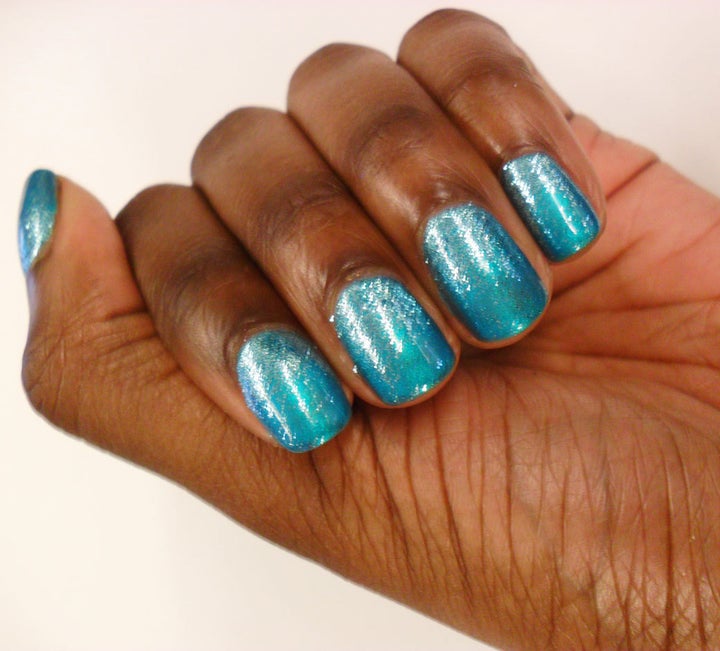
Unlike most women, I only get manicures three or four times a year. My decision is not based on the cost of a manicure, its not because I don't have a nail salon nearby or because I don't have an hour or so each week to sit down and get a manicure. The real reason that I don't get manicures is because I wash my hands about 100 times each day. No, I do not have obsessive-compulsive disorder. As a physician who sees many patients each day, I have been trained to wash my hands before and after seeing each person. As you can imagine, during an average workweek, a fresh manicure will last, on average, one day. If I'm very lucky, a manicure could last two days.
When several friends told me about gel nail polish and the amazing fact that a manicure with gel polish lasts two weeks or more, I was intrigued! Thinking that this would be the answer to my plain, unpolished nails, I decided to investigate gel polish. Surely it would be better than acrylic nails which often permanently damages nails. Although gel nail polish gave me a beautiful manicure that lasted almost three weeks, I did have 5 concerns.
- Some of the gel nail polishes contain a chemical called methyl acrylate which can cause an allergic skin reaction, called contact dermatitis. Wherever the chemical comes into contact with the skin, a rash may develop. Because we inadvertently touch our eyes throughout the day, the rash can also involve our eyelids. The rash from methyl acrylate is usually red, itchy, bumpy and uncomfortable. It may last a week or two. Removing the polish and treating the skin with a cortisone cream will clear the rash.